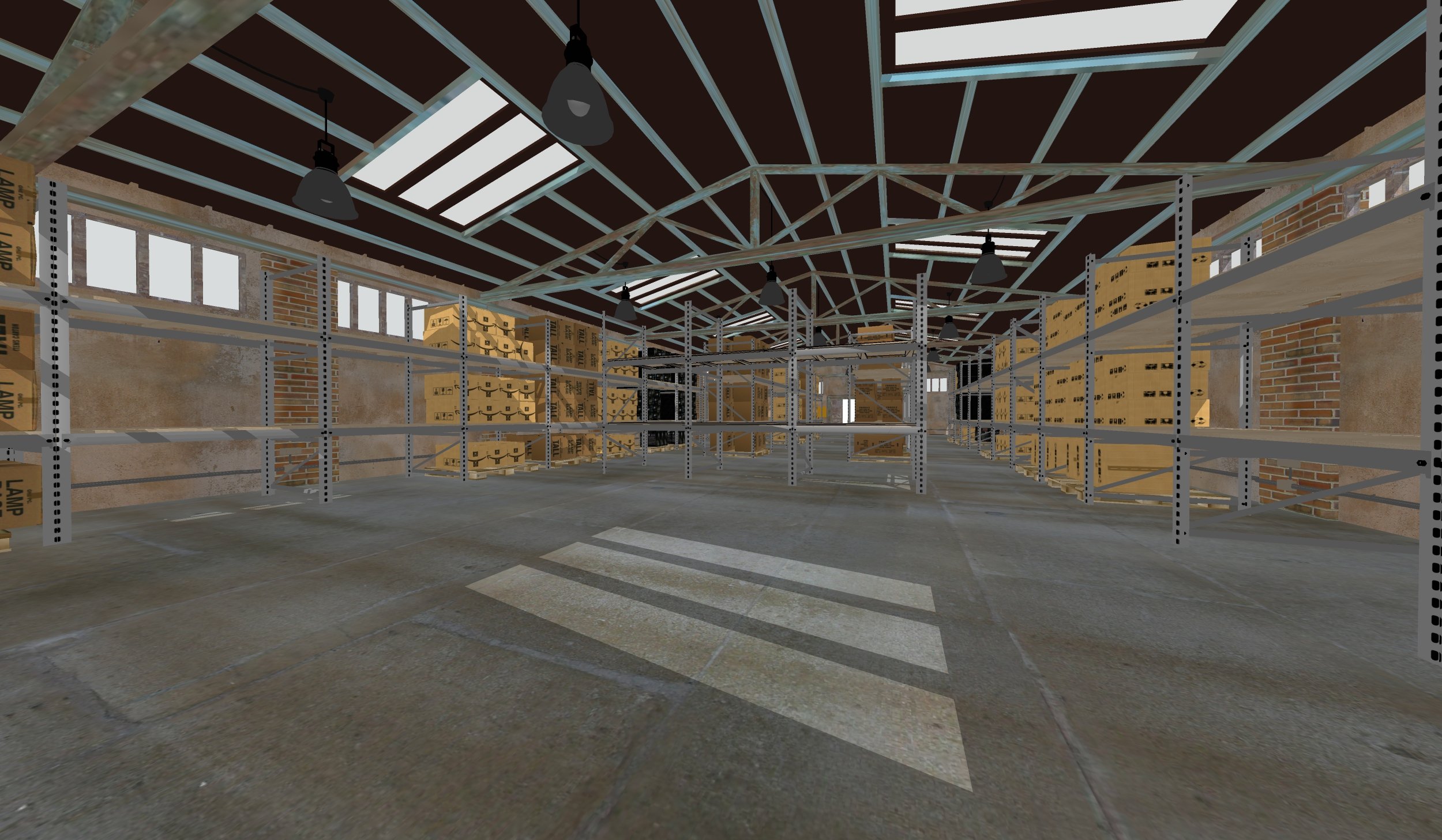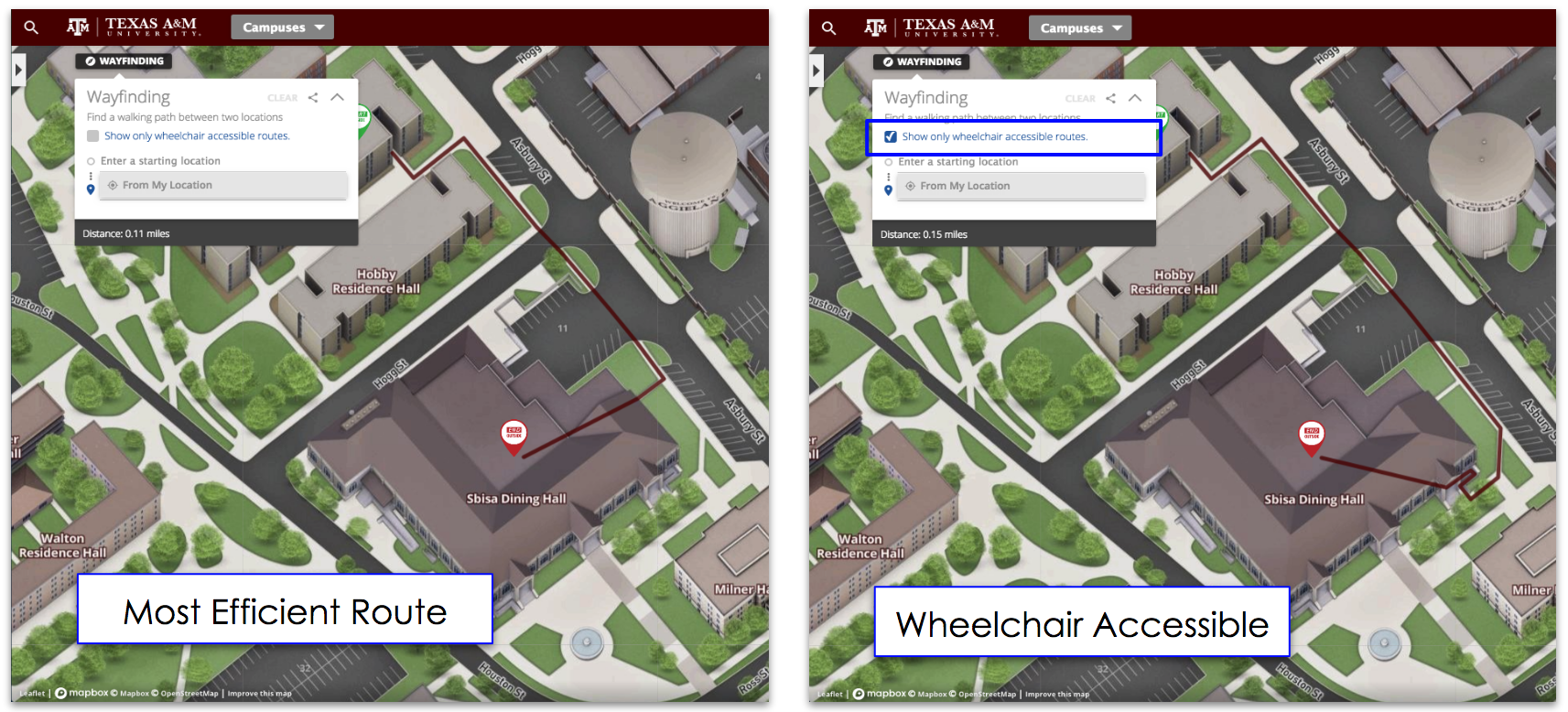By: Robert Johnson, VP of Business Development, Concept3D
Twenty eighteen may well be the year of digital transformation (DX), as companies commit to making sure digital technology is driving efficiencies at every level. Chief Information Officers (CIO)s and other decision makers should take a hard look at the humble map - a digital powerhouse of data and media - as a fundamental element in digital transformation at the enterprise level.
It’s hard to imagine life without maps. As humans, it seems we’re hardwired to create and study them. They present critical information that helps us orient ourselves, better understand our surroundings, and ideally, help us get to where we’re going. We get this as everyday consumers, and there’s good reason why Google Maps is among the most used apps out there. 
But navigable, flexible and easily updated digital maps can serve a variety of needs for businesses, particularly as a hub where any information can be stored and visualized. There are hundreds of Nearly every industry can immediately benefit from visualizing their data and media using interactive maps, and pushing the digital transformation forward. With the Internet of Things and Digital Twinning (a virtual copy of a physical asset that can accept and transmit data) further permeating business operations, maps are a smart way to centralize and access the massive amount of data from these applications.
One Map - Many Business Applications
Today’s digital, highly interactive maps offer as many layers as a business could possibly need, each one featuring a new set of data that can be overlaid upon other data, or stripped away to focus on a single data category.
An enterprise company may have a hundred buildings at a single location or spread across a region, a country or the globe. Each physical location has its own purpose, processes and data that needs to be accessed and reviewed. One location be for manufacturing, another with executive offices, yet another for shipping and fulfillment, another for storage, and so on. 
Using a single map, from anywhere in the world all of these locations can be viewed, and data from each location can be accessed and reviewed. Is there an asset in the storage facility that needs to be moved to another facility? With a digital twin (twinning), it can easily be found on the map. A professional could then virtually jump over to the manufacturing facility and get a read on light stacks - any reds or yellows that need to be called out? Is everything running efficiently?
Sure, all of this data could be housed in a spreadsheet or multiple different locations in a database. But because we understand them, maps are an easier and more intuitive way to navigate virtual representations of physical assets, and access the data and information we need.
In addition to a host of day-to-day scenarios for Internet of Things (IoT) data management, using a map, a specific data set can be selected for an internal company presentation. A different set can be selected and the map embedded on a website to give customers or prospects a real-life (and real-time in some cases) glimpse into how your company works and highlight the competitive advantages you offer.
This application is already being used today by industries from data centers to healthcare, and higher education to retail.
And finally, the classic and most utilitarian use: if someone needs directions to the executive offices or from one building to another, a digital map can provide that, too.
Billions of Devices: Facilities and the Internet of Things
The uses for maps go well beyond the ordinary. Companies with technology in the field - especially tech located in remote locations - can benefit from being able to easily jump across the globe to that location and review data from a host of on-site sensors and access critical information.
This application can go even deeper, using a map as a portal for site management and being able to assess how equipment is operating before a physical visit, saving time and money once engineers or other professionals arrive on site because they can have a pre-developed punch list of priorities.
Additionally, the same system can be used for training remote site management teams - showing professionals exactly what they will see when they arrive at the site, how to use the map to virtually visit remote sites before they arrive, and what to look for. As data pours in, these same professionals can easily know which sites to visit first, an estimate of how long they will likely need to service the location, and more.
And adding a virtual reality element to the equation, previously inaccessible areas (or those extremely difficult to access) can be explored. From wells to deep-water drilling, inside HVAC systems and much more, the potential to use VR for training and site management is massive.
And, as more and more of sites are connected via IoT devices and sensors (Gartner estimates there will be more than 20 billion consumer and business “things” connected to the Internet by 2020), the site management and review processes will only get more efficient. Having a central access hub - such as an interactive map - will be a critical element to easily find and access IoT data.
For facilities professionals - even those operating a single location - this same type of application can offer wide visibility. This is amplified when a detailed 3D map is integrated with ESRI, a highly detailed GIS system designed for needs from asset management to energy assessments and office space optimization, among many other uses.
Maps area ideal tools for visualizing data to detect and help reduce risk and identify competitive advantages.
Map-Based Data for Planning
Digital transformation will also dramatically change the planning phase. Instead of building a physical model or trying to describe a process, an idea can be virtually mapped out, reviewed, adjusted and tested before execution.
The planning phase can also make use of the intuitive map layout, providing a fast and easy way to move between locations and zoom in to see how an idea would change the process, structure or other desired outcome.
We’ve seen this application in the building and construction industry for years - projects big and small are built in 3D formats for a real-world experience, and to see how the planned structure would fit in to the overall landscape and existing buildings in the physical world.
But if we think beyond a building to a process or idea that can be virtually placed into a map, from an adjustment to a manufacturing line or changes to the flow of traffic in a busy area, these changes can be reviewed and discussed before making expensive and time-consuming real-world changes.
Today maps can store all of your business data and make it easy to access, search, review and share. Maps can allow business professionals to view a facility - thousands of miles away or the one they’re working in that day - and take note of the real-time flow of products, spot inefficiencies or machines that aren’t operating, and see heatmaps of congestion areas.
The same map can be designed to serve both internal and external audiences. One link to share with prospective customers - giving them only the data and visuals they need to make a decision. It can also help them arrive at your location and find the exact conference room where the meeting will take place. Another link to the same map with different data preselected can be used for an internal presentation to discuss potential improvements and highlight problem areas.
Gone are the days when a map is nothing more than something nice to look at. Today interactive maps can serve as a foundational piece of technology in a company’s digital transformation.
Topics: Live Data Integration, Interactive Virtual Experiences, Support Your Business, Virtual Engagement



